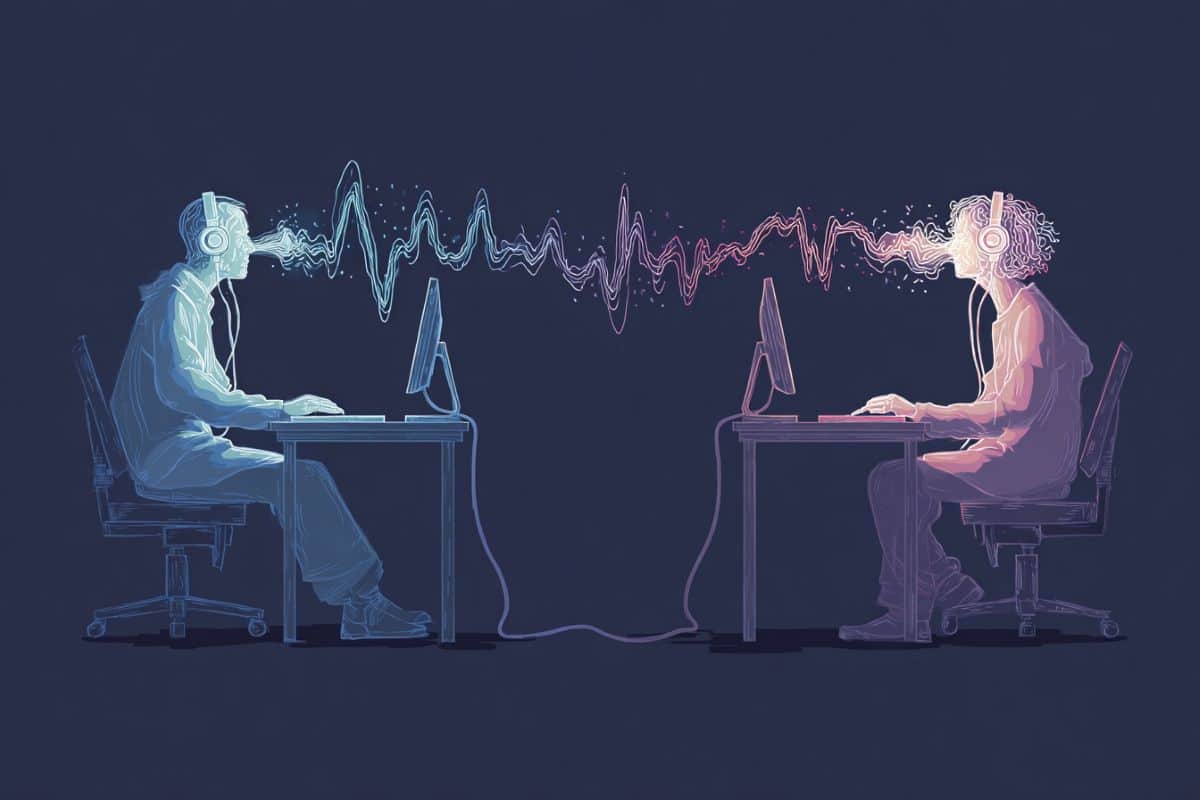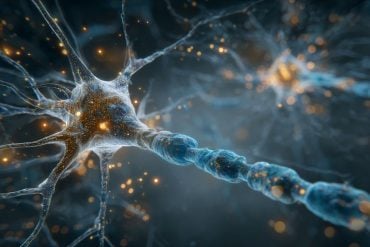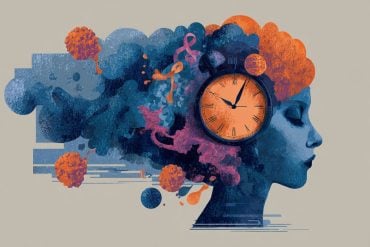Summary: A new study shows that when two people work together toward a shared goal, their brains begin to process information in increasingly similar ways. Using EEG recordings, researchers found that while all participants showed similar early responses to visual patterns, only collaborating pairs developed sustained neural alignment linked to the rules they agreed upon.
This alignment grew stronger as the pairs improved at their joint task, reflecting a shared cognitive strategy. The findings indicate that cooperation actively reshapes neural processing, offering insight into how groups coordinate, make decisions, and form shared traditions.
Key Facts:
- Neural Alignment: Pairs collaborating on a task developed matching brain-processing patterns after 200 ms.
- Learning Effect: The more time pairs spent working together, the stronger their neural alignment became.
- Shared Rules Matter: Alignment appeared only when partners used mutually agreed-upon strategies.
Source: PLOS
Whether great minds think alike is up for debate, but the collaborating minds of two people working on a shared task process information alike, according to a study published November 25th in the open-access journal PLOS Biology by Denise Moerel and colleagues from Western Sydney University in Australia.
Humans rely on collaboration for everything from raising food to raising children. But to cooperate successfully, people need to make sure that they are seeing the same things and working within the same rules. We must agree that the red fruits are the ones that are ripe and that we will leave green fruits alone.
Behavioral collaboration requires that people think in the same way and follow the same instructions.
To better understand people’s cognitive processes during a shared task, the authors of this study collected data from 24 pairs of people.
Each pair had to categorize shapes and patterns and got to decide ahead of time how they would do so—sorting by wavy or straight lines, thick or thin ones, contrast or general shape. Then each pair sat back-to-back and worked together to categorize one shape after another, while electroencephalograms recorded their brain activity to find out how well that activity aligned between pairs.
In the first 45-180 milliseconds after a shape appeared, everyone in the study had similar neural activity, a result of looking at the same pattern on the screen. But after 200 milliseconds, as each pair worked to sort the pattern according to their own rules, activity lined up only in pairs that were actively working together.
The brains of each pair were processing information in similar ways, and the alignment of their activity increased over the course of the experiment as the pairs got better at working as a team, following the rules they’d laid out together.
The results show that when people agree upon rules and work together, their brains process information in similar ways. The authors suggest this shared activity could have important implications for how groups make decisions and develop traditions and rituals.
The authors add, “As two people learn to work together, their brains start to represent information in a more similar way, showing that collaboration influences how we see and understand the world.”
Funding: This work was supported by an Australian Research Council (ARC, www.arc.gov.au) Discovery Project awarded to M.V. (DP220103047) and an ARC Discovery Early Career Researcher Award awarded to T.G. (DE230100380). D.M. received salary from DP220103047 and T.G. received salary from DE230100380. The funders had no role in study design, data collection and analysis, decision to publish, or preparation of the manuscript.
Key Questions Answered:
A: How pairs of people process information when collaborating on a shared task.
A: Participants were recorded with EEG while working back-to-back on the same classification task.
A: Brain activity became more similar only in pairs actively cooperating, and alignment strengthened over time.
Editorial Notes:
- This article was edited by a Neuroscience News editor.
- Journal paper reviewed in full.
- Additional context added by our staff.
About this neuroscience research news
Author: Claire Turner
Source: PLOS
Contact: Claire Turner – PLOS
Image: The image is credited to Neuroscience News
Original Research: Open access.
“Collaborative rule learning promotes interbrain information alignment” by Denise Moerel et al. PLOS Biology
Abstract
Collaborative rule learning promotes interbrain information alignment
Social interactions shape our perception of the world, influencing how we interpret incoming information. Alignment between interacting individuals’ sensory and cognitive processes is key to successful cooperation and communication, but the neural processes underlying this alignment remain unknown.
Here, we leveraged Representational Similarity Analysis (RSA) on electroencephalography (EEG) hyperscanning data to investigate information alignment in 24 pairs of participants who performed a categorization task together based on agreed-upon rules.
Significant interbrain information alignment emerged within 45 ms of stimulus presentation and persisted for hundreds of milliseconds.
Early alignment (45–180 ms) occurred in both real and randomly matched pseudo-pairs, reflecting shared sensory responses. Importantly, alignment after 200 ms strengthened with practice and was unique to real pairs, driven by shared representations associated with, and extending beyond, the categorization rules they formed.
Together, these findings highlight distinct processes underpinning interbrain information alignment during social interactions, that can be effectively captured and disentangled with Interbrain RSA.







